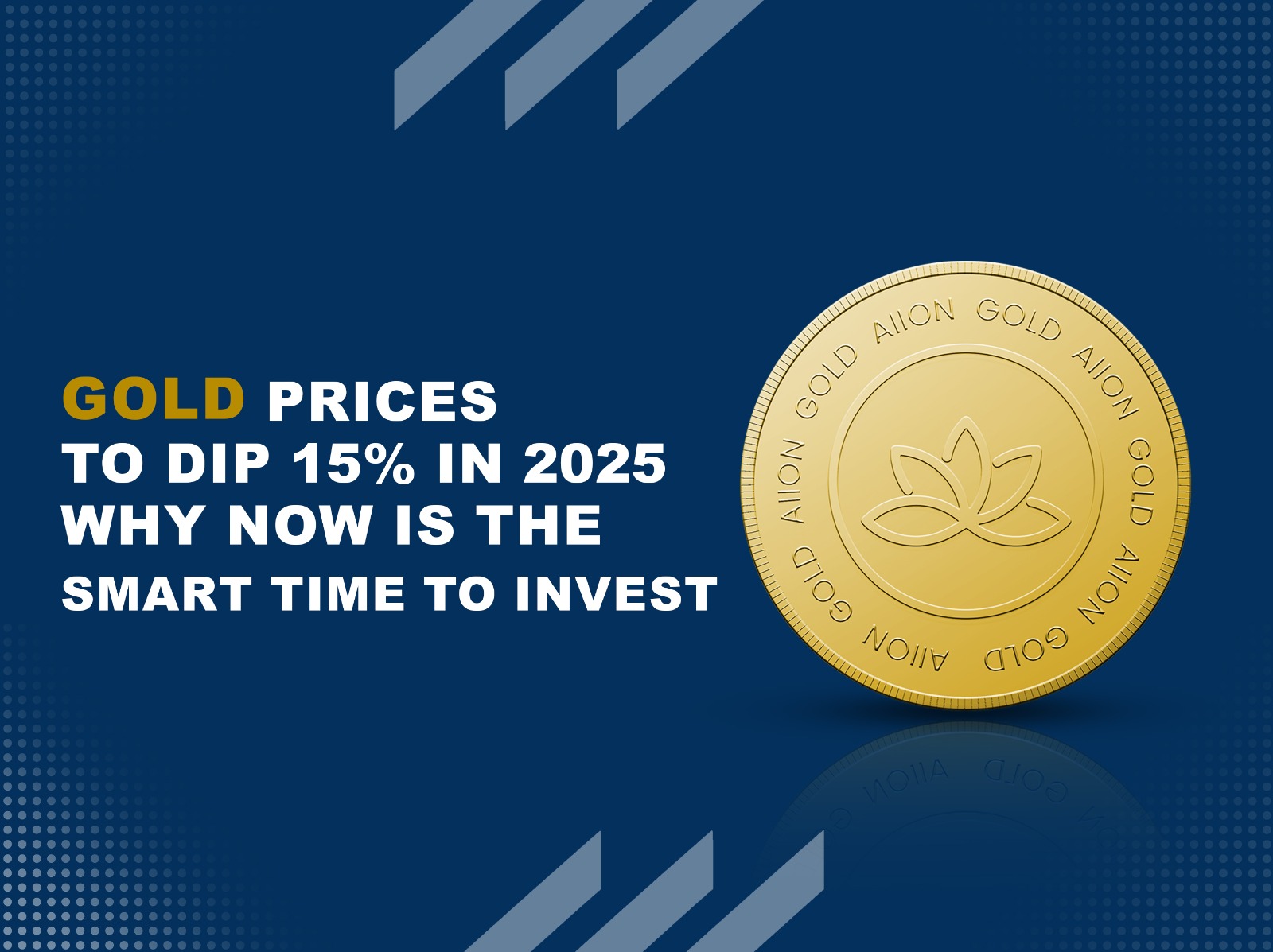Gold Prices May Drop 15% in 2025 – Strategic Investment Guide for Long-Term Gains


As gold prices show signs of a potential 15% decline, long-term investors must reassess their strategies. Despite the expected dip, fundamentals suggest that gold remains a compelling asset. Here’s why we believe the coming downturn represents a valuable window for strategic investment.
Global Gold Price Forecast for 2025: Why the Dip Is Expected
One of the main drivers behind the forecasted 15% decline in gold prices is the resurgence of real interest rates. As central banks, particularly the U.S. Federal Reserve, maintain hawkish policies to combat inflation, real yields have moved higher—placing downward pressure on non-yielding assets like gold.
Additionally, with inflation expectations moderating and the dollar regaining strength, gold’s safe-haven allure has weakened in the short term.
Quantitative mutual funds and institutional investors are rotating capital into equities and other risk-on assets, decreasing their gold allocations. This asset rebalancing trend is particularly notable in emerging markets, where algorithmic strategies are being deployed to maximize short-term alpha.
Why Gold Remains a Worthwhile Investment in the Long Run
While gold may face short-term volatility, its role as a hedge against systemic risk remains intact. With geopolitical tensions, such as ongoing conflicts in Eastern Europe and trade disruptions in Asia, gold serves as a key defensive asset in diversified portfolios.
In the backdrop of de-dollarization and fiat currency erosion, central banks worldwide continue accumulating gold reserves. The People's Bank of China, the Reserve Bank of India, and Russia’s central bank have increased their gold holdings as a strategic buffer against currency instability.
Fact: In 2024 alone, global central banks purchased over 1,100 tonnes of gold, the second-highest figure in modern history.
Investment Strategies: How to Profit from the Dip in Gold Prices
Instead of timing the market, investors can accumulate gold systematically using dollar-cost averaging. This reduces exposure to short-term price swings. ETFs like SPDR Gold Shares (GLD) or iShares Gold Trust (IAU) offer liquid, regulated entry points.
Indian investors can benefit from tax-efficient Sovereign Gold Bonds, which provide 2.5% annual interest in addition to price appreciation, with zero capital gains tax if held to maturity.
During price corrections, mining stocks often fall further than spot gold but recover more sharply. Investors with a higher risk appetite may consider established miners like Newmont Corporation or Barrick Gold. Additionally, gold-backed digital assets are gaining traction, especially those audited and pegged 1:1 to physical bullion.
More information visit website :- https://aiiongold.com/
Risk Factors to Monitor in 2025
2025 Outlook: Buy the Dip, Don’t Fear It
With a projected 15% decline, 2025 presents an attractive entry point for long-term gold investors. The asset’s defensive qualities, combined with global macroeconomic instability and sovereign demand, underpin its enduring value.
Those who approach this correction with disciplined strategies—balancing physical gold, ETFs, sovereign bonds, and gold-linked equities—will be well-positioned for the next bullish phase.
Key Takeaways
Frequently Asked Questions
Q: Should I sell my gold holdings in 2025?
A: No. Unless you’re a short-term trader, gold remains a valuable hedge. Consider adding rather than exiting positions.
Q: What’s the best gold investment option in India?
A: Sovereign Gold Bonds offer attractive benefits, including annual interest and tax exemptions.
Q: Will cryptocurrencies replace gold?
A: Cryptocurrencies and gold serve different purposes. While Bitcoin competes as a store of value, gold’s centuries-old role as a reserve asset remains unchallenged.
Q: Is gold still a good inflation hedge?
A: Yes. Despite short-term fluctuations, gold protects purchasing power in prolonged inflationary cycles.